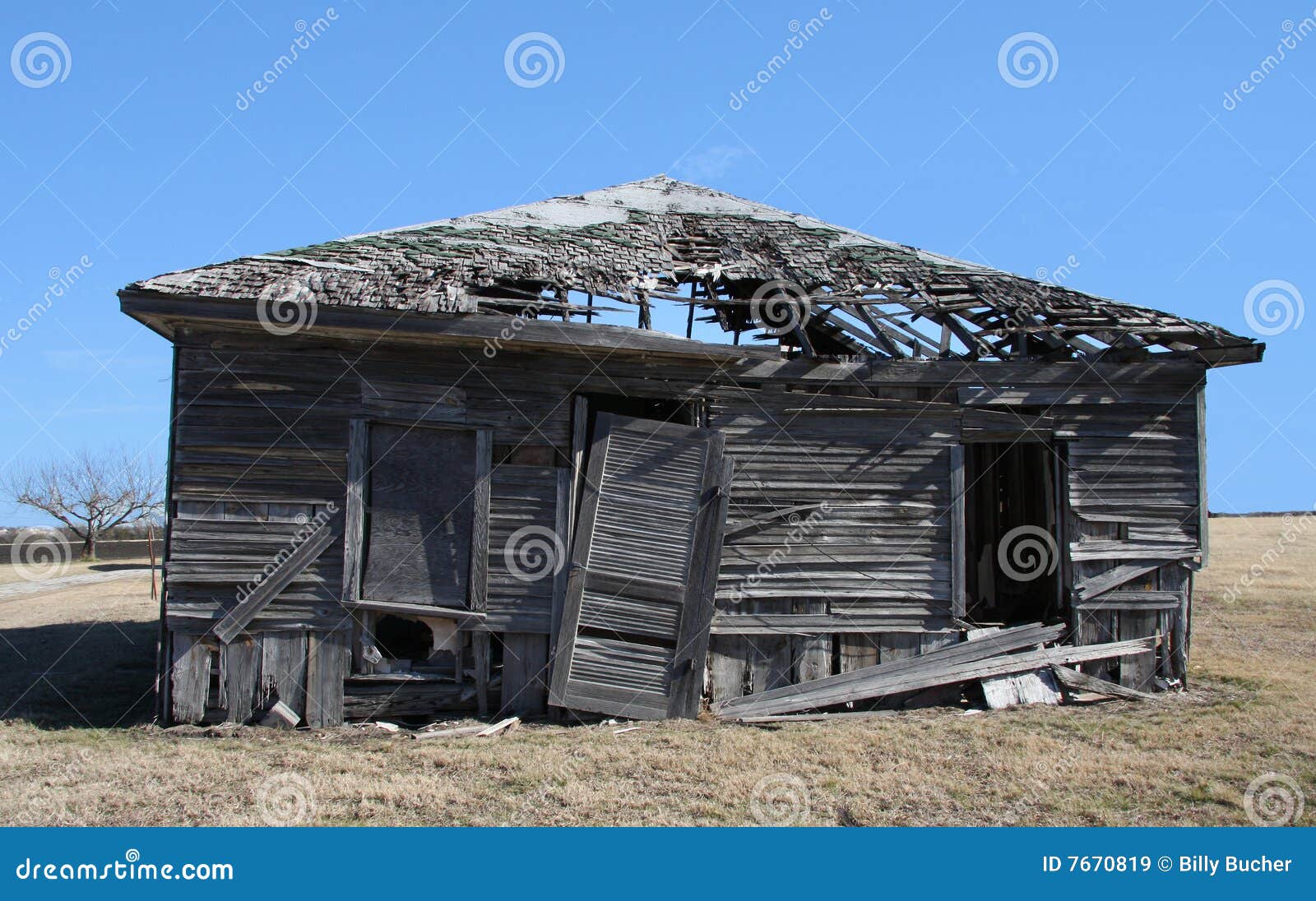The last few years we have seen numerous reports that withdrawal rates are declining and 4% was no longer safe. This morning the WSJ reported on a new analysis by Morningstar that says this has now reversed and 3.8% is now “safe”.
Below is a link to the report and a snippet of the key findings. The report requires signing up, but interested members can enter any data, it’s not verified. https://www.morningstar.com/lp/the-state-of-retirement-income
Below is a link to the report and a snippet of the key findings. The report requires signing up, but interested members can enter any data, it’s not verified. https://www.morningstar.com/lp/the-state-of-retirement-income
For retirees who seek a fixed real withdrawal from their portfolio in retirement, a starting withdrawal rate of 3.8% is safe in Morningstar’s model over a 30-year time horizon, assuming a 90% success rate (defined here as a 90% likelihood of not running out of funds) and a balanced portfolio.
That is appreciably higher than the 2021 figure, which was 3.3% for a balanced portfolio with a 90% success rate.
Employing a more aggressive equity allocation does not meaningfully improve safe starting withdrawal rates.
Investors with shorter time horizons of 10 to 15 years can employ a higher withdrawal rate if using a conservative portfolio mix than they can with a more equity-heavy one.
Dynamic withdrawal strategies may help retirees consume their portfolios more efficiently, factoring in both portfolio performance and spending, but they also add variability to retiree spending that may or may not be acceptable to the individual.
Of the dynamic strategies we tested, the “guardrails” system does the best overall job of balancing higher withdrawals alongside cash-flow-volatility considerations.
The right level of flexibility in a retiree’s spending system will depend on the individual's situation—the extent to which fixed expenses are covered by nonportfolio income sources.


